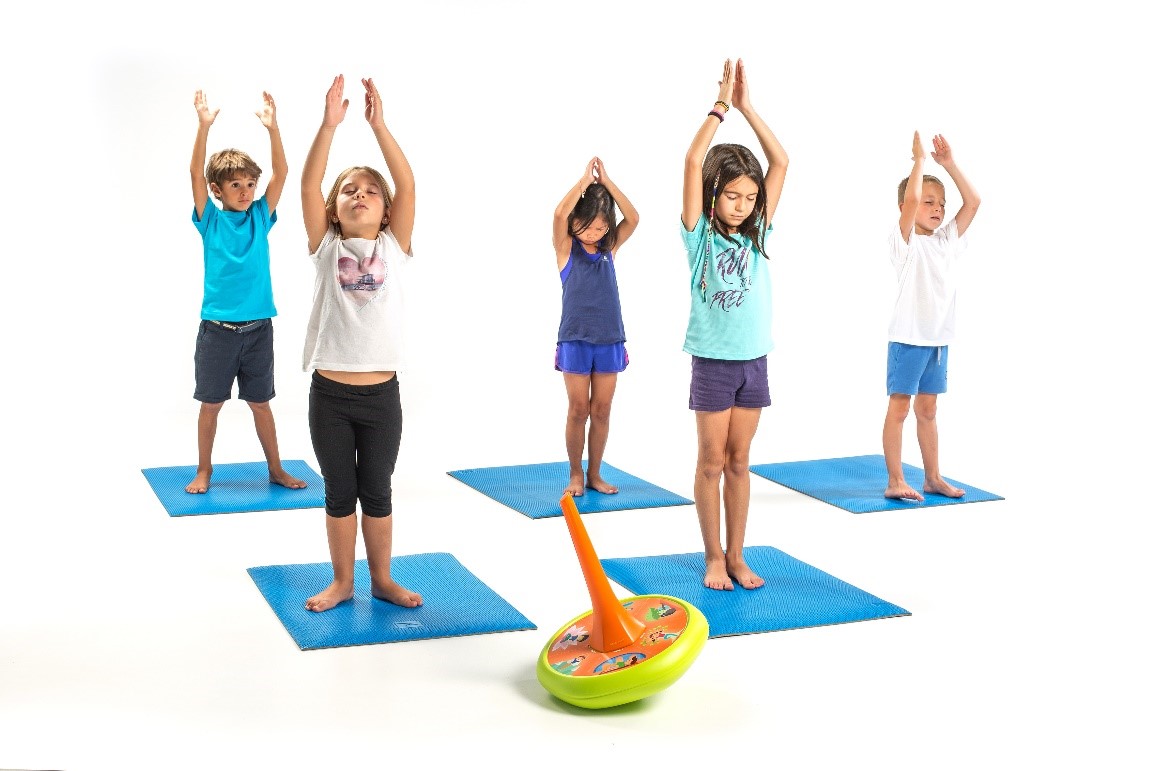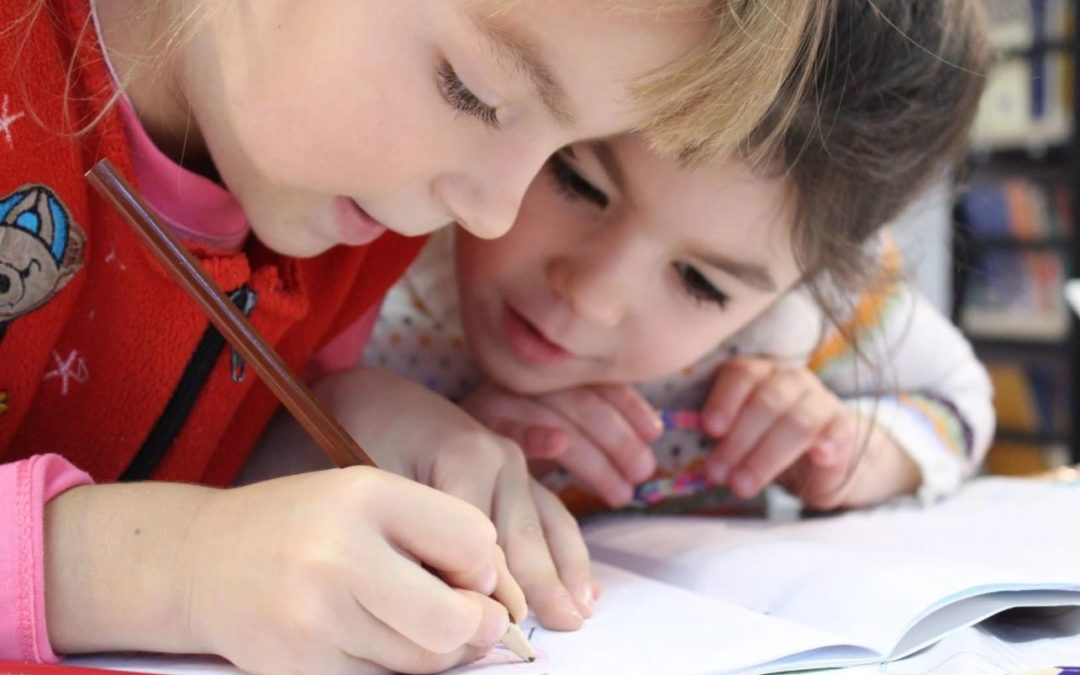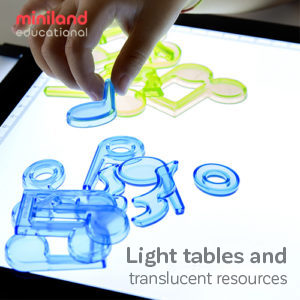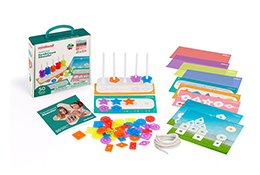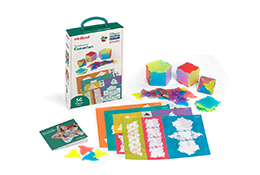He identified nine different types of intelligence:
- Verbal-linguistic intelligence
- Mathematical-logical intelligence
- Musical intelligence
- Visual-spatial intelligence
- Bodily-kinesthetic intelligence
- Interpersonal intelligence
- Intrapersonal intelligence
- Naturalist intelligence
- Existential intelligence
His theory recognizes the different strengths of individuals, but how do you leverage these ideas into results as a teacher? Here are two of the benefits of MI theory that you can make use of in the classroom:
Teaching students to adapt to their strengths in learning
The MI theory is a vital one when it comes to equipping students with a better understanding of how they learn. In a typical classroom environment, a single learning style is usually encouraged — one that suits primarily learners with a high verbal-linguistic (reading and writing) intelligence. But by helping learners identify which type of intelligence suits them, they can adapt the content to their learning style to help them grasp the material, even if it’s taught in a different way. For example, learners with a high musical intelligence can put together a rhyme to help them learn, or students with a high visual-spatial intelligence could create drawings of concepts to help.
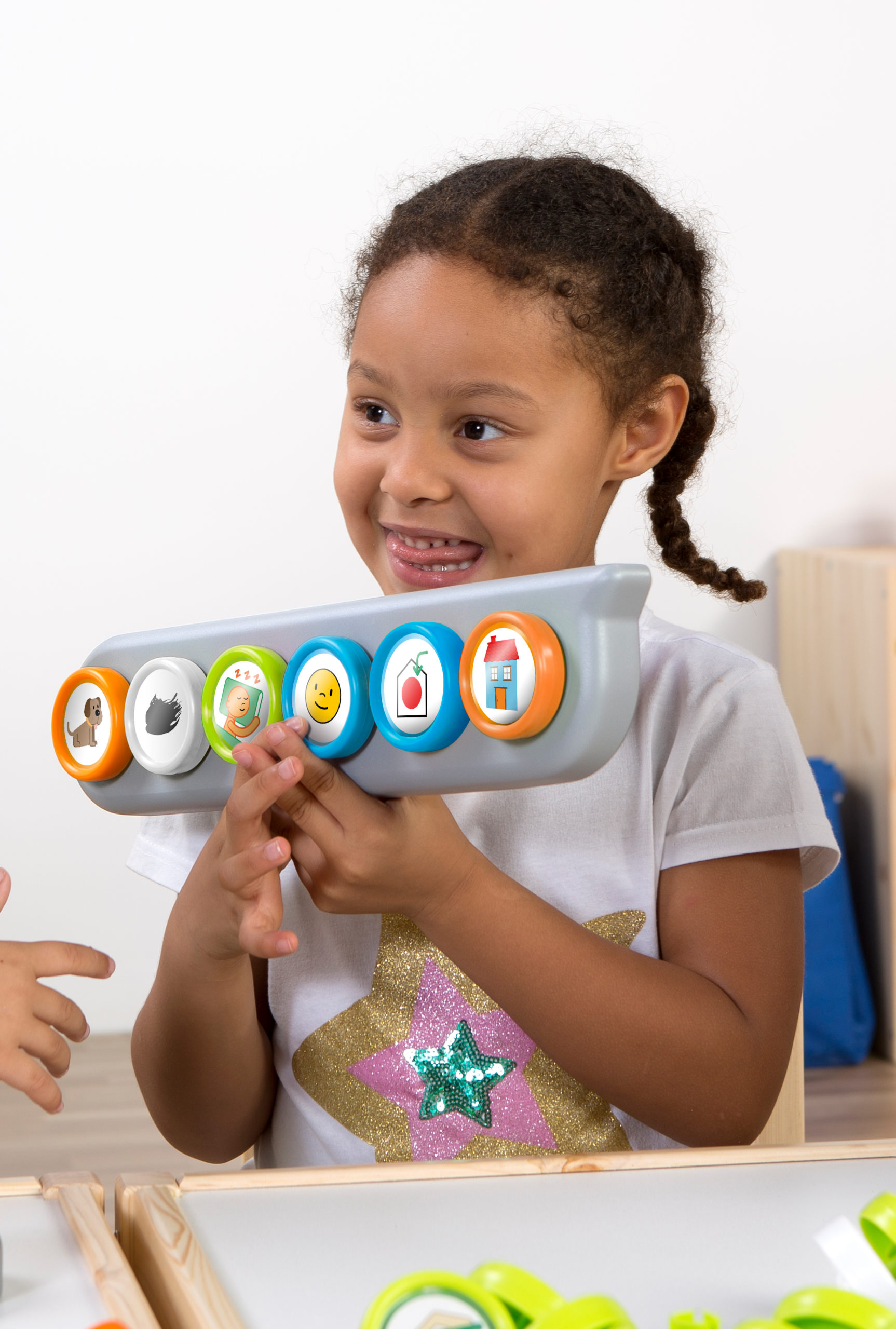
This can also help students overcome learning difficulties with specific subjects that they may traditionally consider themselves weak at. By helping them overcome these hurdles, students may find themselves motivated and enthusiastic about subjects that they previously struggled with.
Develop lessons that embrace each different type of intelligence
As a teacher you can also improve your lessons by specifically designing your lessons to cater for the different types of intelligences. You can create a game, dance or song to engage students. You can also tap into existing examples of media that embrace this idea, such as the Animaniac’s Nations of the World to help ignite students’ interest.

These are two of the ways Multiple Intelligence theory can be beneficial in the classroom.
To explore more ways of teaching, take a look at our game Mindful KIDS. Mindful KIDS explores three key areas: Active and Corporal Intelligence, Emotional Intelligence and Linguistic Intelligence, and provides a number of fun activities that teach you to take advantage of mindfulness practices.
